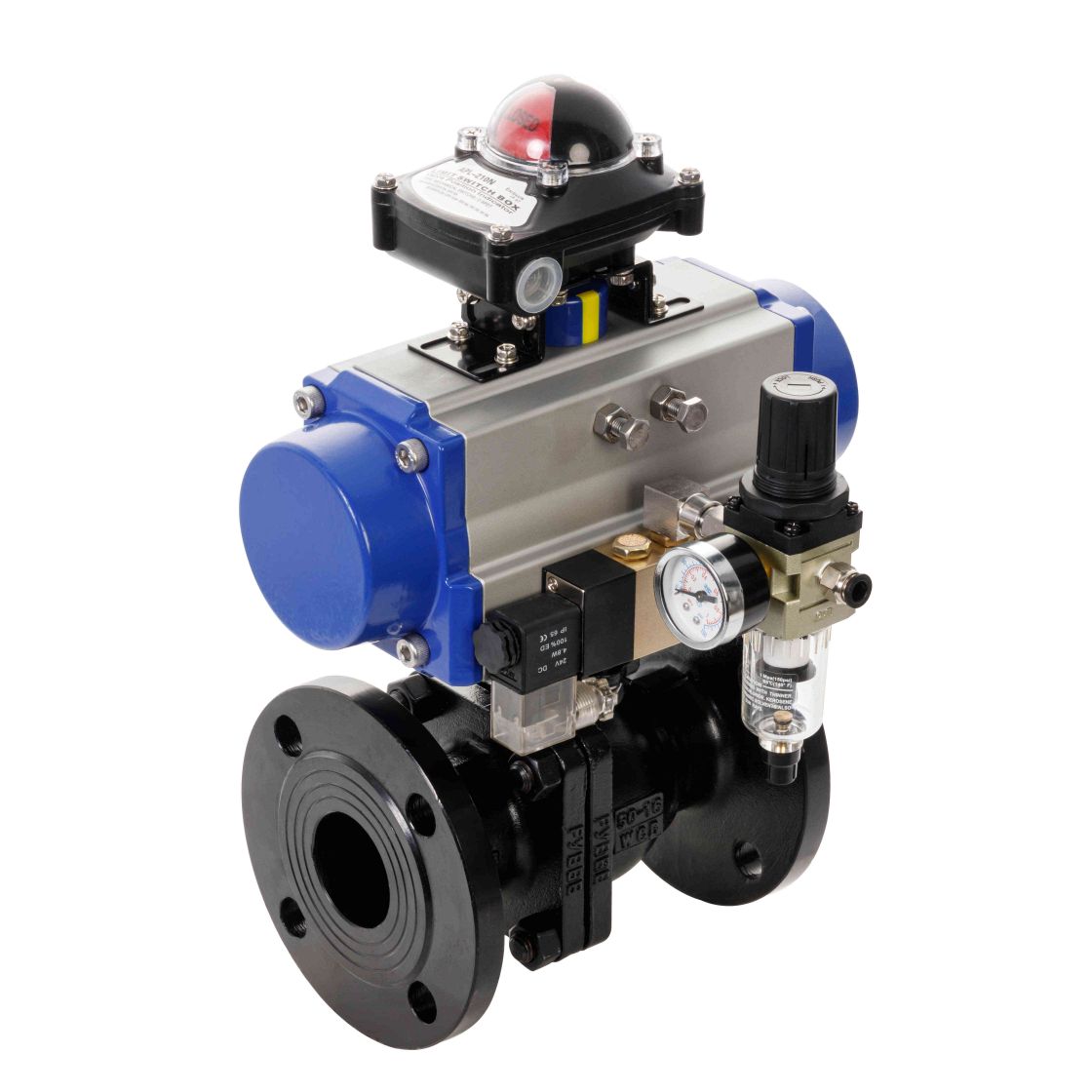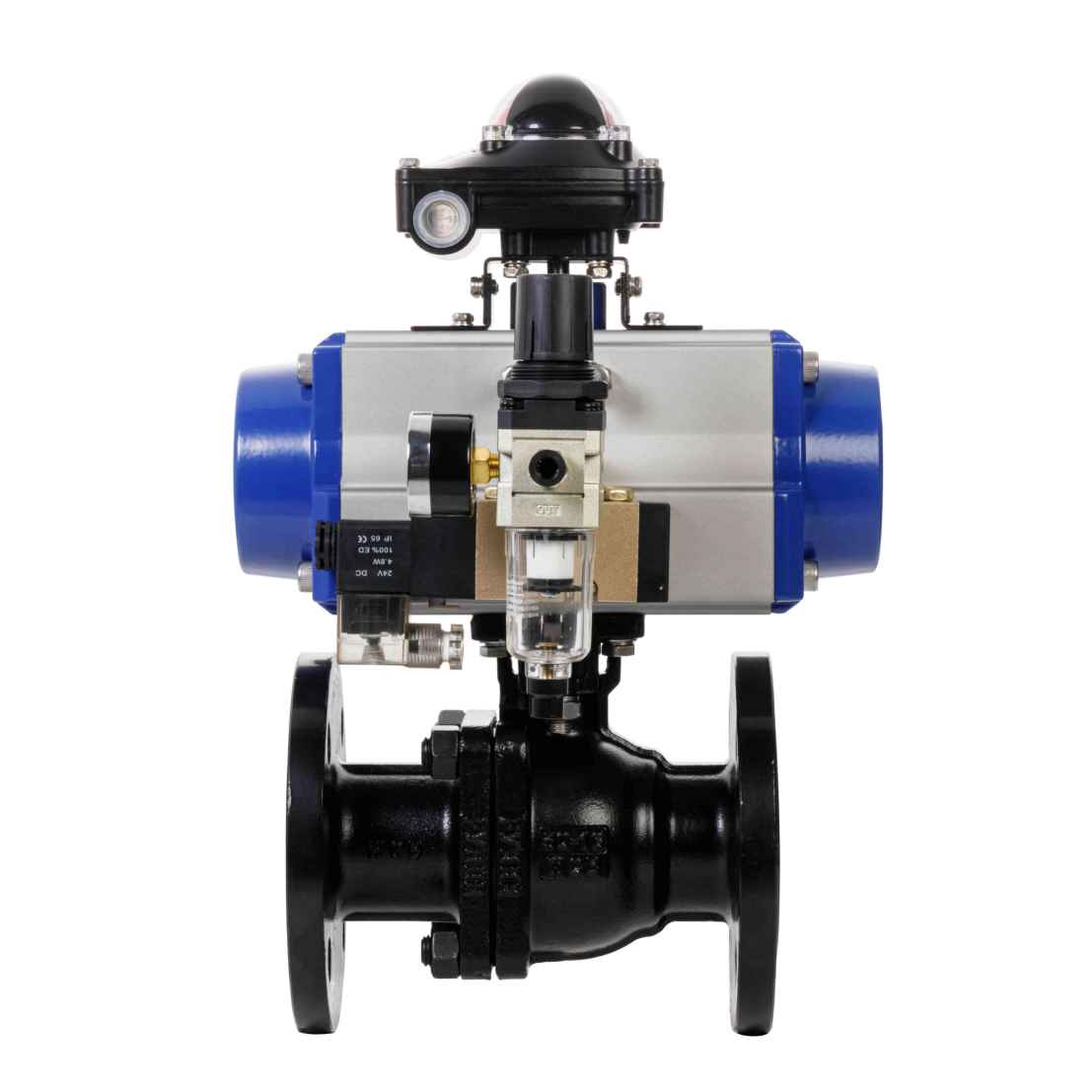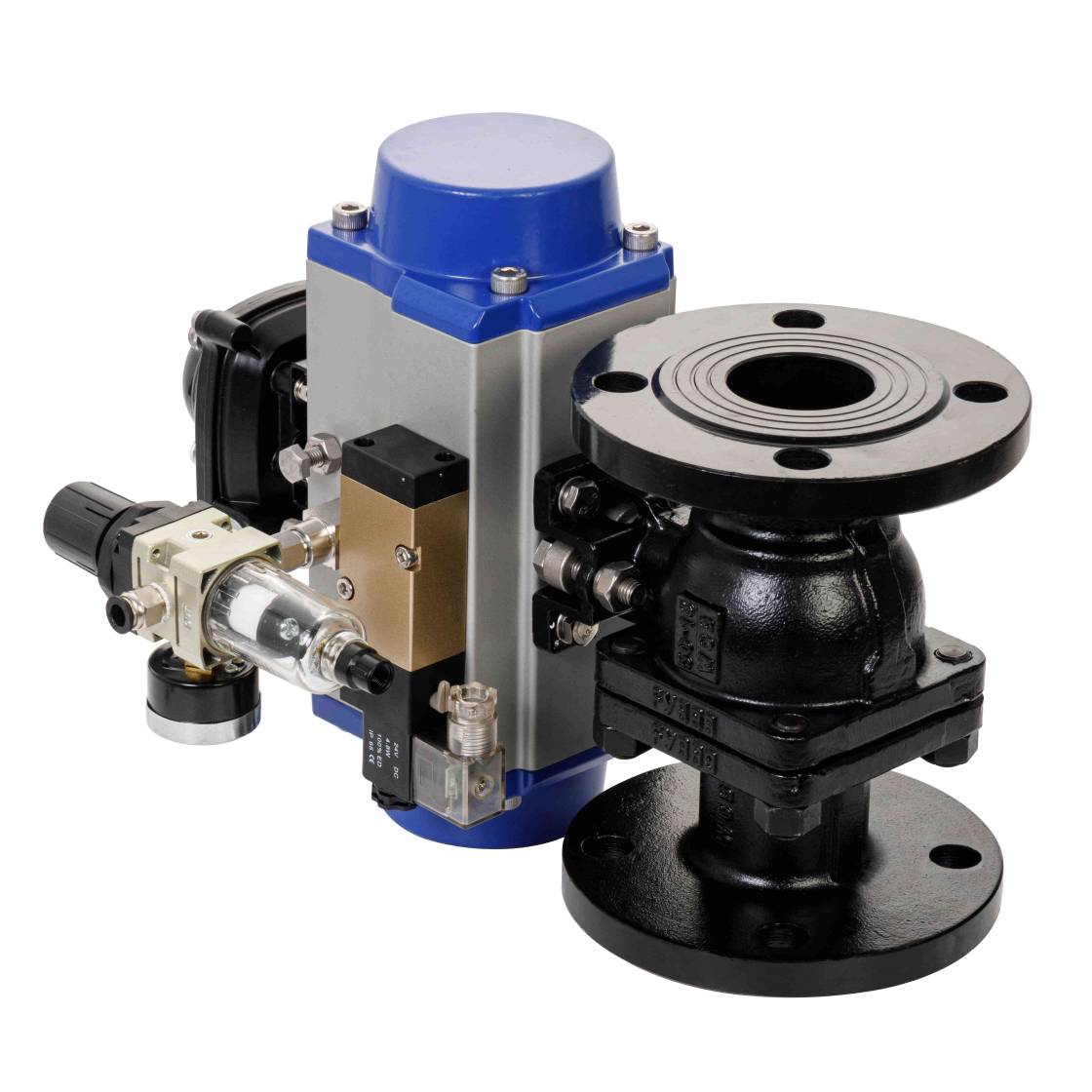
WCB Pneumatic ball valves are essential components in fluid control systems, providing high reliability and excellent performance in a wide range of industries. The term "WCB" refers to a material grade used for manufacturing the valve body, which is a carbon steel alloy known for its strength, durability, and resistance to corrosion. Combined with pneumatic actuation, these ball valves offer enhanced precision in controlling the flow of fluids such as water, gas, oil, and chemicals. In this article, we will explore the working principle, benefits, applications, and key features of WCB Pneumatic ball valves.

Understanding the WCB Pneumatic Ball Valve

